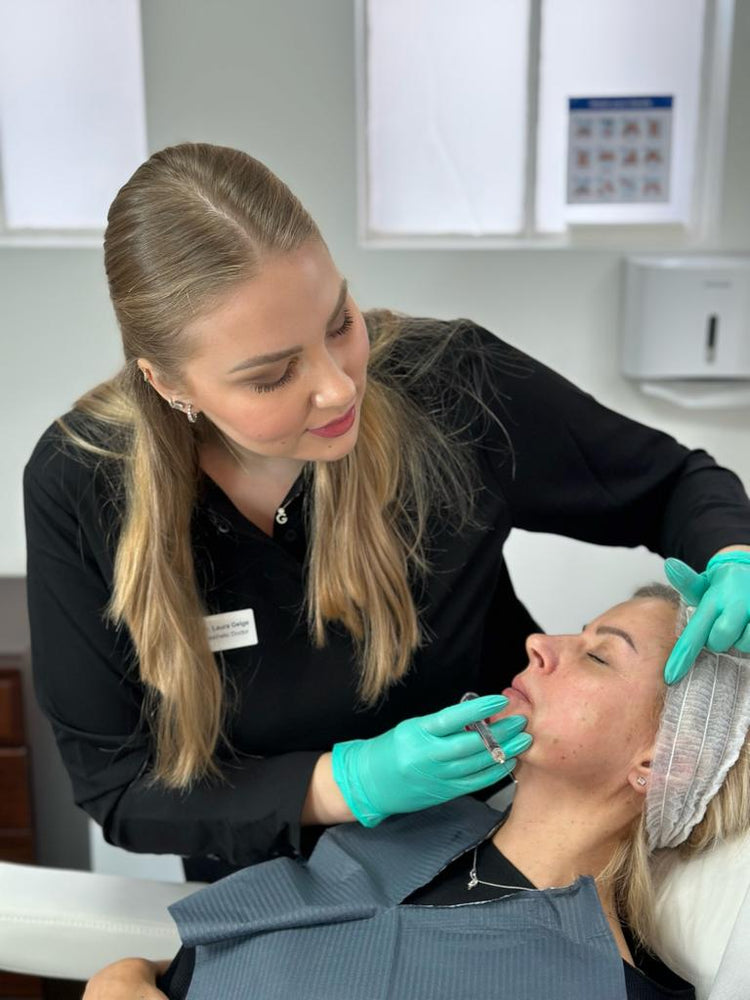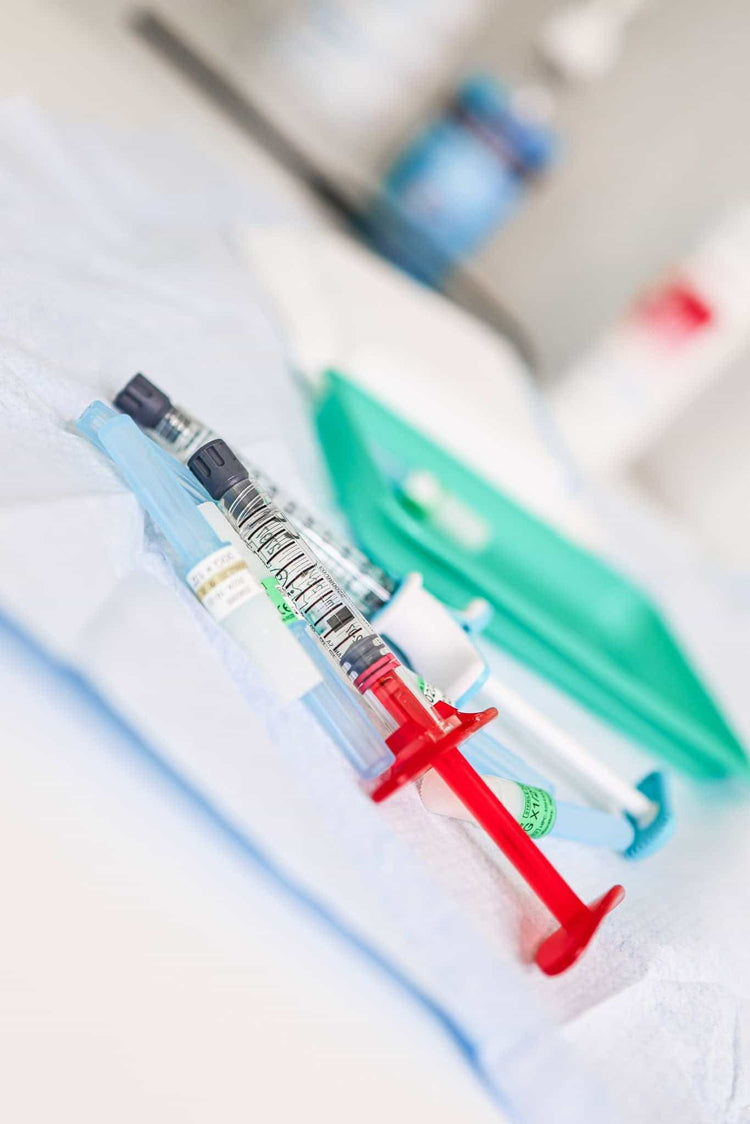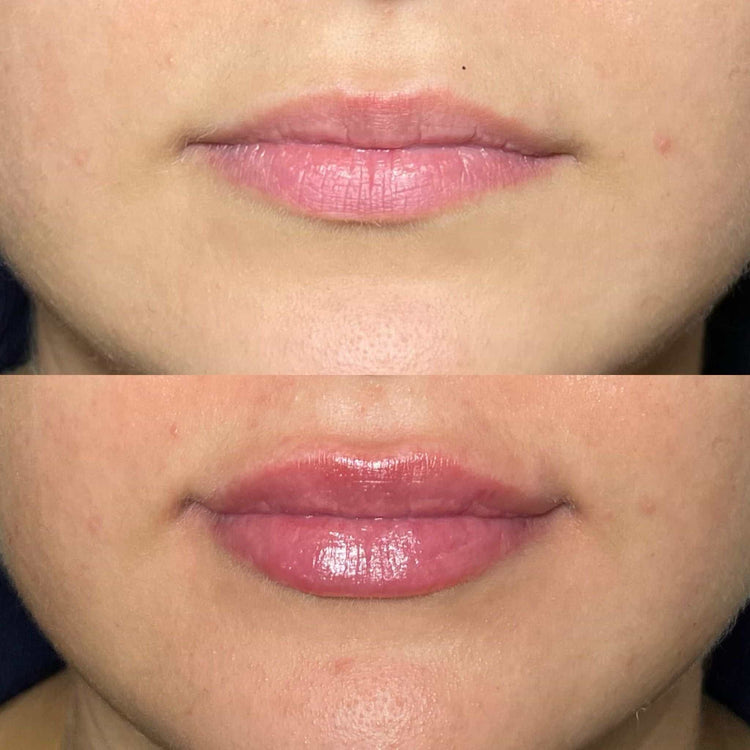Botox for Crows’ Feet
Crows’ feet, those fine lines that radiate from the outer corners of your eyes, are a common sign of aging. If you’re in Highgate, London and seeking a way to smooth these wrinkles and restore a more youthful appearance, Botox injections may be the solution you’ve been looking for.
What are Crows’ Feet?
Crows’ feet, those fine lines that radiate from the outer corners of your eyes, are caused by repeated muscle contractions associated with smiling, laughing, and squinting. Over time, these repeated movements can cause the skin around the eyes to wrinkle and fold, leading to the formation of crows’ feet.

Causes of Crows’ Feet
Crows’ feet, those fine lines that radiate from the outer corners of your eyes, are caused by repeated muscle contractions associated with smiling, laughing, and squinting.
Over time, these repeated movements can cause the skin around the eyes to wrinkle and fold, leading to the formation of crows’ feet.
Benefits of Botox for Crows’ Feet
Botox is a neurotoxin that temporarily paralyzes muscles when injected. When used for crows’ feet, Botox works by blocking signals from the nerves to the muscles responsible for causing those pesky wrinkles. By relaxing these muscles, Botox reduces their movement and diminishes the appearance of crows’ feet.
The benefits of Botox for crows’ feet are numerous. It provides a noticeable reduction in wrinkle depth and severity, resulting in a smoother, more youthful appearance around the eyes. Botox treatment is relatively quick and non-invasive, with minimal downtime required afterwards. The effects typically last for several months, gradually fading as the muscle function returns.
The Procedure
The procedure for Botox injections to address crows’ feet is a relatively straightforward process. A qualified medical practitioner will first cleanse the skin around the eyes and may apply a topical anesthetic to minimize any discomfort. Using a fine needle, small doses of Botox are injected directly into the muscles responsible for causing crows’ feet. The injection process itself takes only a few minutes.
After the procedure, you may experience some mild redness or swelling around the injection sites, but this usually subsides within a few hours. There is no significant downtime associated with Botox injections, and you can typically return to your normal activities immediately. Results become gradually apparent over several days, with full effect usually seen within two weeks.
It’s important to choose a qualified and experienced medical professional for Botox treatments.
Risks and Side Effects
While Botox is generally considered safe when administered by a qualified professional, like any medical procedure, there are potential risks and side effects associated with Botox injections for crows’ feet.
- Bruising: Some mild bruising may occur at the injection sites. This usually subsides within a few days.
- Headache: A headache can be a common side effect after Botox injections, typically mild and temporary.
- Eyelid Drooping: In rare cases, Botox can cause temporary drooping of the eyelid (ptosis). This is usually resolved on its own within a few weeks.
- Asymmetry: If the Botox is not evenly distributed, it may lead to asymmetry in the appearance of the treated area.
- Allergic Reaction: Although rare, allergic reactions to Botox can occur. Seek immediate medical attention if you experience any severe allergic symptoms such as difficulty breathing or swelling of the face.
It’s crucial to discuss your medical history and any medications you are taking with your practitioner before undergoing Botox treatment.
Recovery Process
The recovery process after Botox injections for crows’ feet is generally quick and easy. Immediately following the procedure, you may experience some mild redness or swelling around the injection sites, which typically subsides within a few hours. There is no significant downtime associated with Botox, allowing you to resume your normal activities right away.
You should start noticing results gradually over the next few days, with the full effect usually visible within two weeks. During this time, it’s important to avoid rubbing or massaging the treated area, as this can potentially disrupt the distribution of Botox and affect the outcome.
Cost of Botox Treatment
Botox injections for crows’ feet typically cost between £200 and £400 in Highgate, London. This price range can vary depending on several factors such as the practitioner’s experience, the number of units of Botox used, and the specific location within Highgate.
It is recommended to consult with a qualified medical professional to discuss your individual needs and receive a personalized quote.
Finding a Qualified Practitioner in Highgate, London
To find a qualified practitioner in Highgate for Botox crows’ feet treatment, start by researching reputable clinics or practitioners in the area. Look for experienced professionals with qualifications such as GMC registration (for doctors) or relevant aesthetic medicine certifications.
You can utilize online resources like Google Maps, health directories, or patient review websites to identify potential practitioners. Reading patient testimonials and reviews can provide valuable insights into their experience and expertise.
Don’t hesitate to contact several clinics or practitioners to inquire about their experience with Botox for crows’ feet, their treatment protocols, and pricing. Scheduling consultations allows you to meet the practitioner in person, discuss your concerns, and ask any questions you may have before making a decision.
Alternatives to Botox
While Botox is a popular choice for treating crows’ feet, it’s not the only option. Alternatives like dermal fillers, chemical peels, micro-needling, and even topical creams offer various approaches to reducing the appearance of fine lines around the eyes.
Dermal Fillers

Dermal fillers are another effective alternative to Botox for addressing crows’ feet. Unlike Botox, which works by relaxing muscles, dermal fillers are injected into the skin to plump up wrinkles and restore volume.

- Hyaluronic Acid Fillers: These fillers are made from a naturally occurring substance in the body that attracts and holds water, giving the skin a plumper appearance. Hyaluronic acid fillers are often used to smooth out crow’s feet and restore lost volume.
- Other Types of Fillers: Other types of dermal fillers include those made from calcium hydroxylapatite or poly-L-lactic acid (PLLA). These fillers work by stimulating collagen production, which can improve skin texture and reduce the appearance of wrinkles over time.
Chemical Peels
Chemical peels are another option to consider. They involve applying a chemical solution to the skin, which exfoliates the top layer and stimulates cell turnover. This process can help minimize the appearance of fine lines and wrinkles, including crows’ feet. There are different types of chemical peels, ranging in strength from mild to deep.
A milder peel may be suitable for treating superficial crow’s feet, gracebelgravia.com while a deeper peel might be recommended for more significant wrinkles.
General Questions about Botox Anti Wrinkle Injections
Bags under Eyes Treatment in London & Kingston, Surrey – It’s Me & You
Learn More on Our Blog
Schedule Your Initial Consultation
BeyBey Name
- Skin Pen Microneedling Near Littleton, Surrey - November 18, 2025
- Skin Pen Microneedling Near Ashtead, Surrey - November 16, 2025
- Skin Injectables Near Horley, Surrey - November 15, 2025
